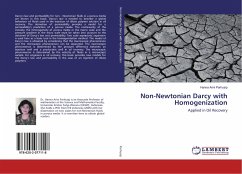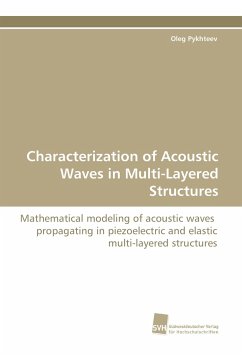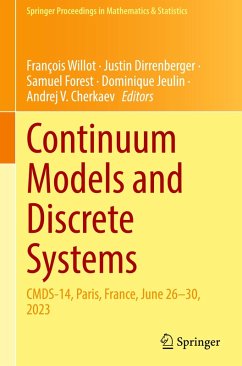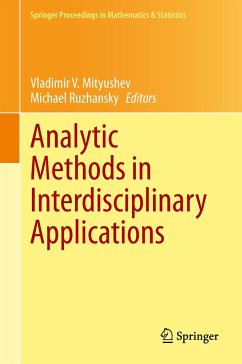
An Introduction to Homogenization
Versandkostenfrei!
Versandfertig in 1-2 Wochen
186,99 €
inkl. MwSt.

PAYBACK Punkte
93 °P sammeln!
This book provides an introduction to the mathematical theory of homogenization, which describes the replacement of a real composite material by a fictitious homogeneous one. The aim of the theory is to describe the macroscopic properties of the composite by taking into account the properties of the microscopic structure. The first four chapters cover variational methods for partial differential equations, which is the natural framework of homogenization theory. The text then discusses the homogenization of several kinds of second order boundary value problems. Particular attention is given to the classical examples of the steady and non-steady heat equations, the wave equation and the linearized system of elasticity. All topics are illustrated by figures and numerous examples.
Composite materials are widely used in industry and include such well known examples as superconductors and optical fibers. However, modeling these materials is difficult, since they often has different properties at different points. The mathematical theory of homogenization is designed to handle this problem. The theory uses an idealized homogenous material to model a real composite while taking into account the microscopic structure. This introduction to homogenization theory develops the natural framework of the theory with four chapters on variational methods for partial differential equations. It then discusses the homogenization of several kinds of second-order boundary value problems. It devotes separate chapters to the classical examples of stead and non-steady heat equations, the wave equation, and the linearized system of elasticity. It includes numerous illustrations and examples.












